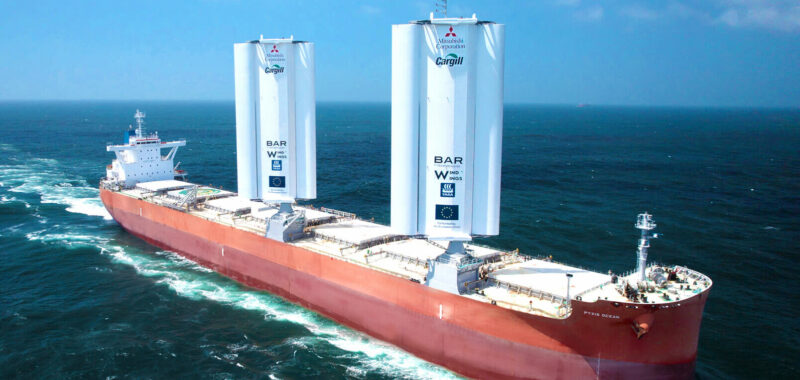Modern architecture and ocean liners are close cousins, if not immediate siblings. A revolution in one discipline tends to signal that change is coming for the other.
In Towards a New Architecture, Le Corbusier revealed his obsession with the RMS Aquitania—a 3,230-person cruise ship designed by Leonard Peskett that first set sail in 1913. For Corb, the gargantuan vessel represented the modern movement’s potential. The Swiss master used RMS Aquitania as a foil to show how far industrial design had come, and how far architecture lagged behind.
Now, a recent development by Cargill, the global food corporation, signals a new paradigm shift in naval architecture that Corb or Buckminster Fuller probably would have written home about. Cargill recently debuted the Pyxis Ocean, the world’s first ever wind-powered ocean liner. The new ship model, Cargill said, could move the global shipping industry towards a net-zero future with its new wind assisted propulsion technology.
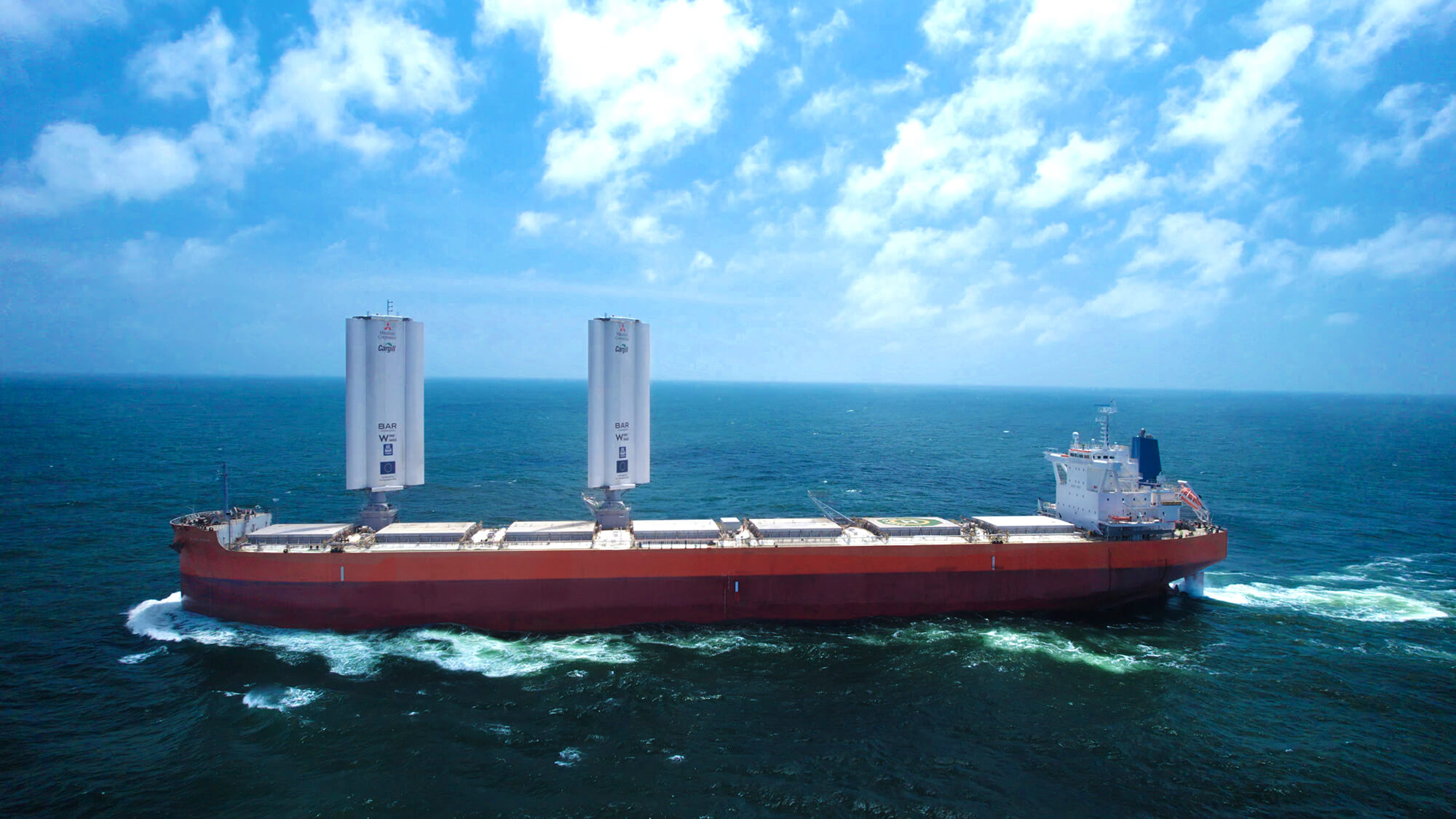
The global shipping industry annually accounts for 3 percent of the world’s carbon emissions. And today, there are approximately 5,600 cargo ships sailing from port to port worldwide. To help buck this trend, the International Maritime Organization (IMO) has a new greenhouse gas strategy: to have up to 10 percent of energy come from very low carbon sources by 2030.
Toward that end, Cargill has developed new wind sail technology that officials say is a milestone for helping the IMO reach its 2030 targets. In March, Cargill rolled out a new technology they call WindWings® together with BAR Technologies that can be easily attached to existing vessels.
During a six month trial period starting last August, Cargill attached WindWings® to existing vessels in its fleet, the MC Shipping Kamsarmax, to see how it performed. For the simulation, the ships went back and forth from the Indian Ocean, Pacific Ocean, North and South Atlantic, and passed Cape Horn and the Cape of Good Hope.
WindWings® resemble large airplane wings. They measure at 120 feet in height. They’re installed vertically to catch the wind and propel the ship forward, allowing the vessel’s engine to be turned down. This enables ships to travel at the same speed using much less fuel. The wings are controlled by a touch panel, and a traffic light system tells the crew when to raise or lower the sails, Cargill said. Moreover, the system is totally automated: Onboard sensors measure the wind, and sails self-adjust to optimal configuration.
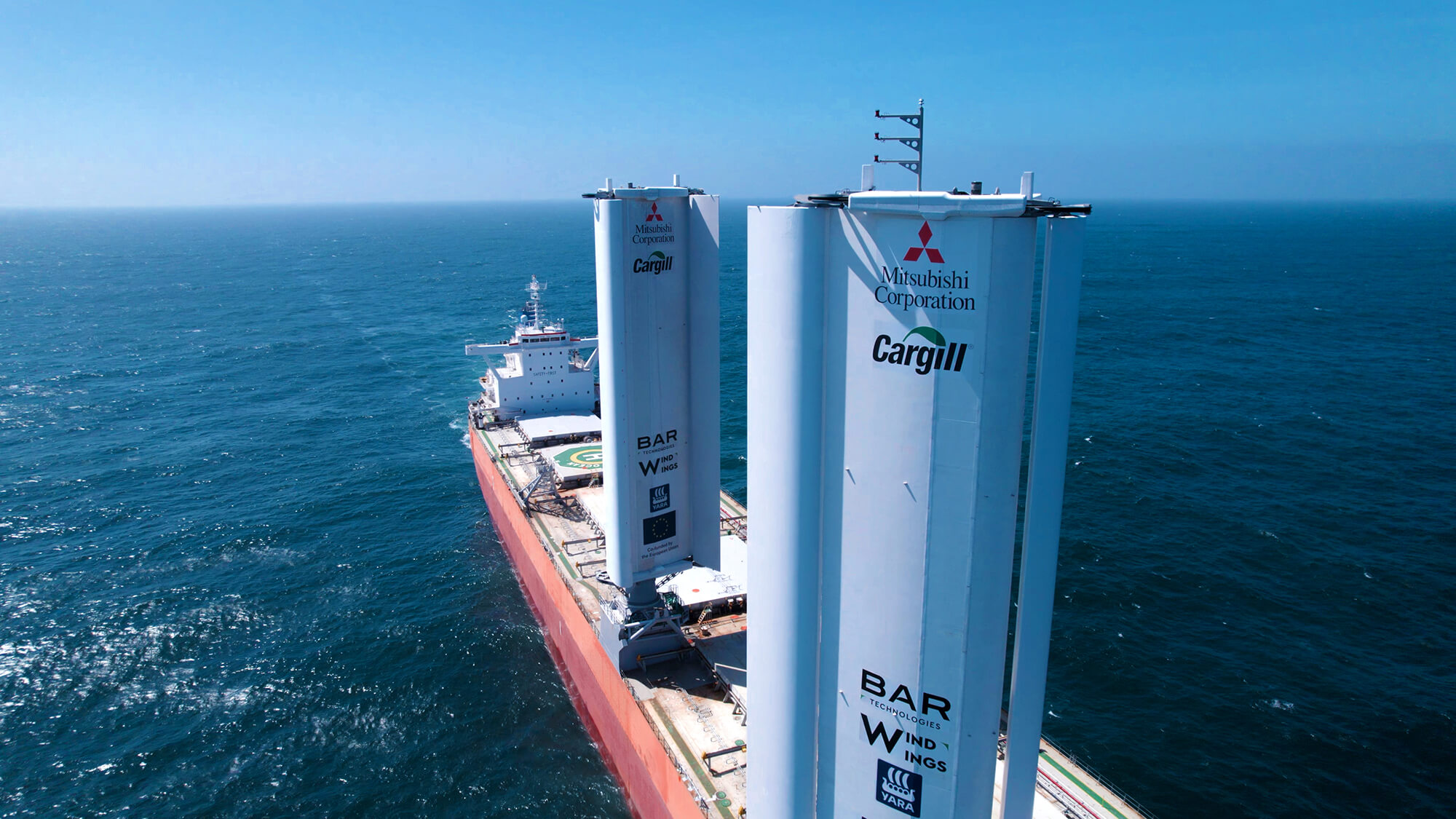
After the six month trial period, analysts ultimately concluded that WindWings® are up to snuff: They achieved performance consistent with the equivalent of using 3 tons of fuel per day, or 14 percent of the amount of fuel the ship regularly consumes. This is the equivalent of removing 480 cars from the road. The technology, experts say, could increase the fuel efficiency of vessels in excess of 30 percent.
“The results of the Pyxis Ocean’s first voyage with WindWings® installed clearly demonstrate that wind assisted propulsion can secure significant fuel savings and emissions reduction, said John Cooper, CEO of BAR Technologies. “For example, in near optimum sailing conditions, during an open sea voyage, the Pyxis Ocean achieved fuel savings of 11 tonnes per day. And while the Pyxis Ocean has two WindWings®, we anticipate the majority of Kamsarmax vessels will carry three wings, further increasing the fuel savings and emissions reductions by a factor of 1.5.”
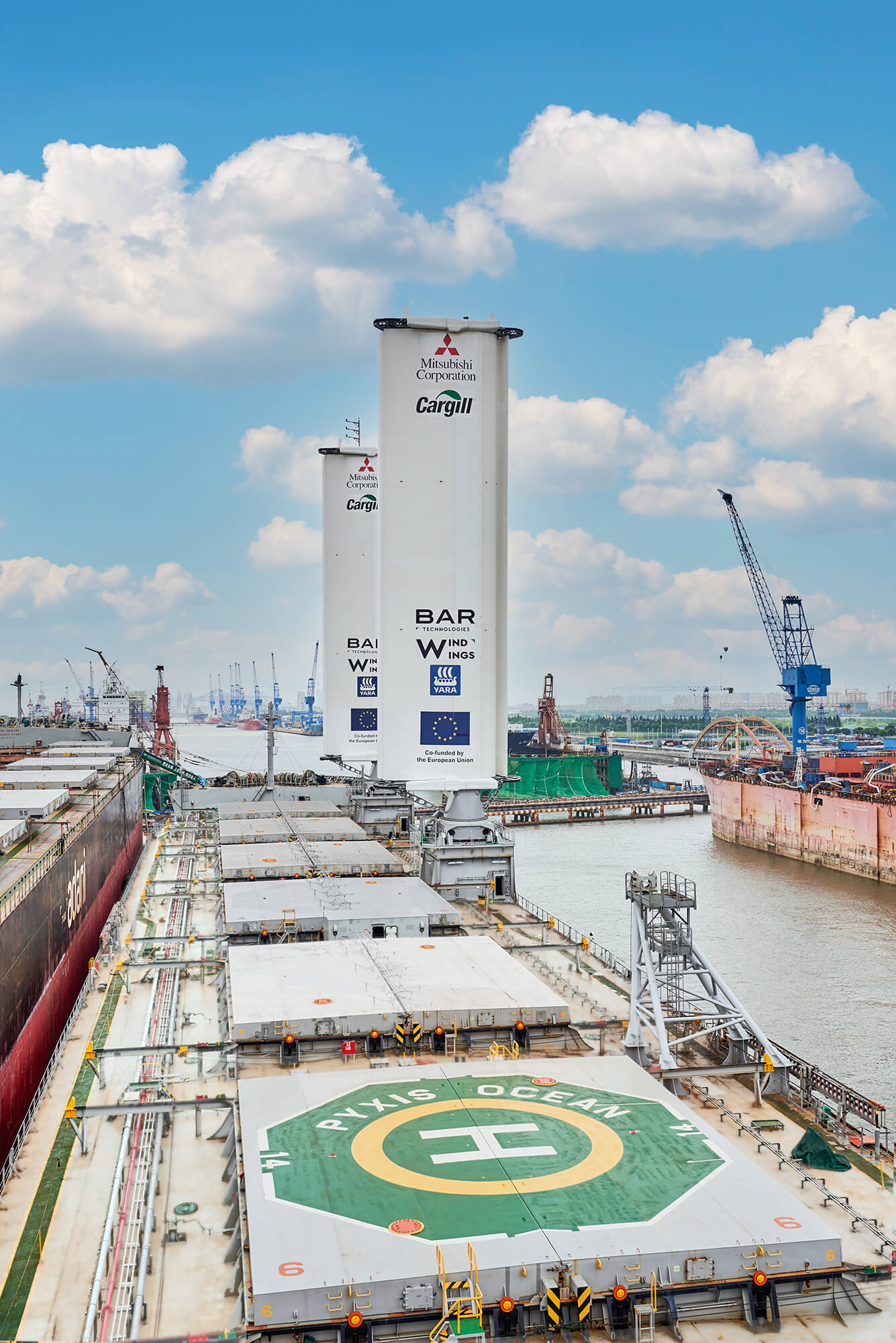
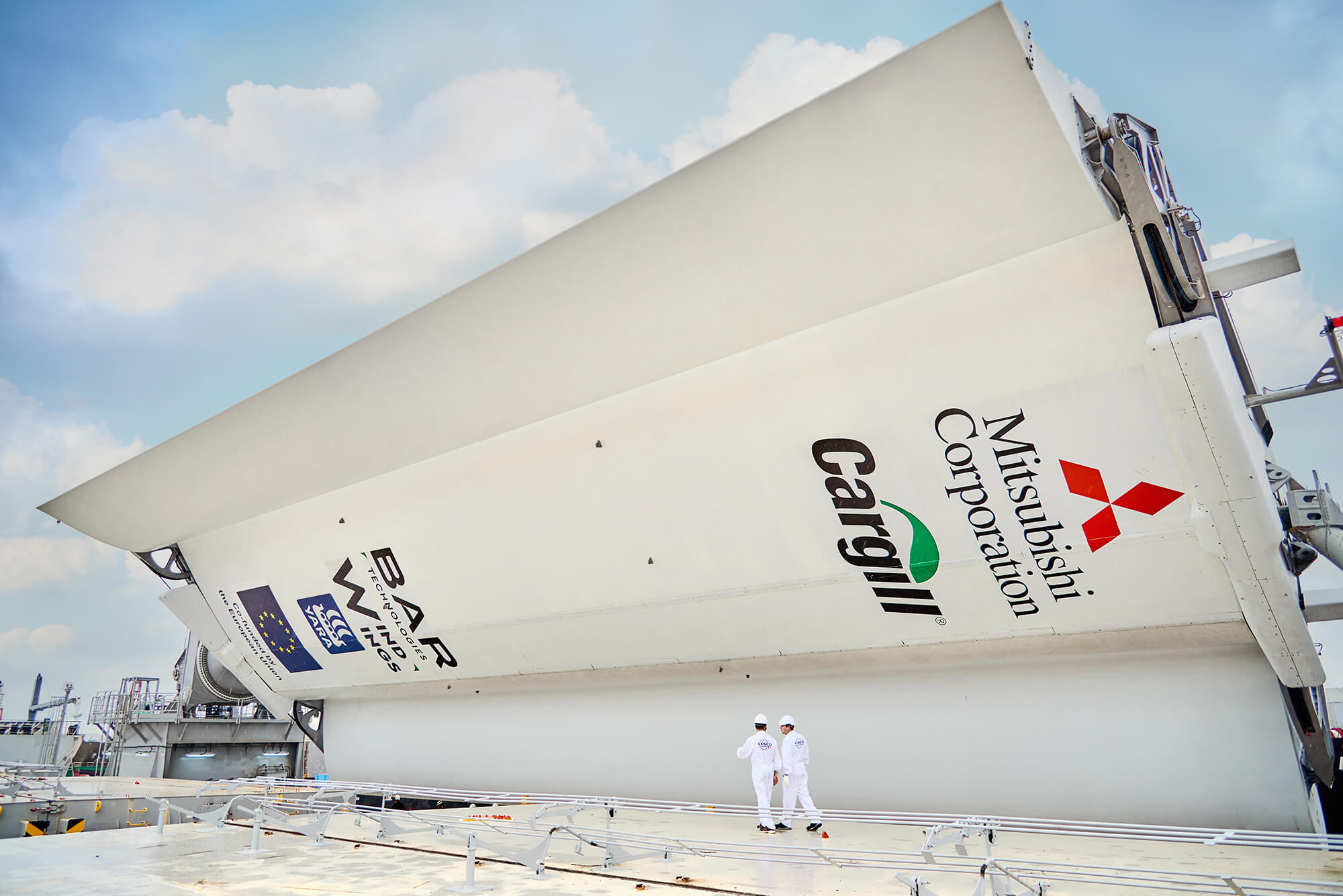
Looking ahead, officials from Cargill and BAR Technologies hope to integrate WindWings® more broadly into the global maritime system on a wider scale. “Cargill is creating ways for all WAP [Wind-Assisted Propulsion] vessels—not just the Pyxis Ocean—to operate on global trade routes,” said Jan Dieleman, president of Cargill’s ocean transportation business. “So far, we’ve engaged with more than 250 ports to find ways of enabling vessel with large scale WAP to berth. This complexity is where Cargill truly excels, and how we can leverage our unique role in the maritime industry. We are not afraid to be a development partner and invest, share risks with partners, and to make a difference in transforming the industry.”
Cargill officials noted that the corporation will continue testing and experimenting operational, technical and commercial aspects of the Pyxis Ocean to scale up the model for wider usage.

